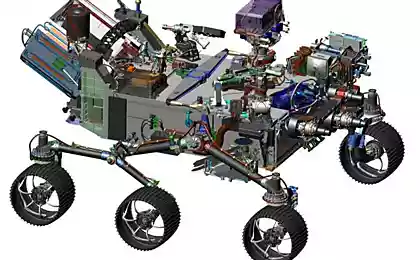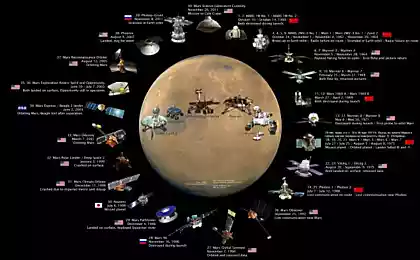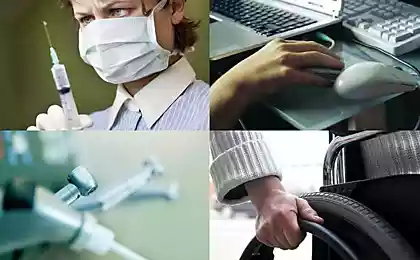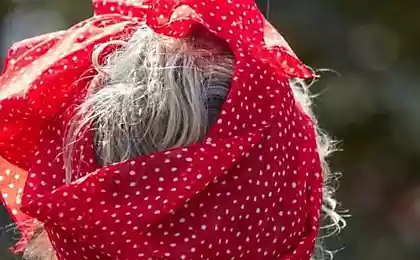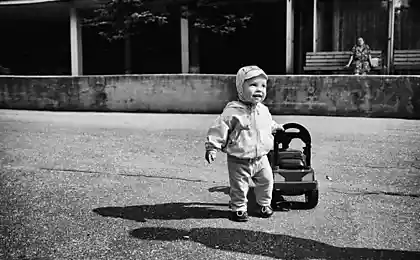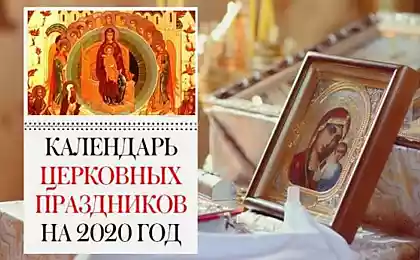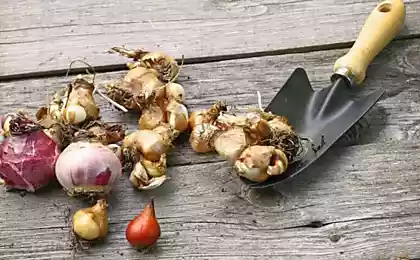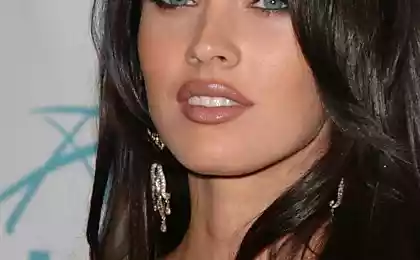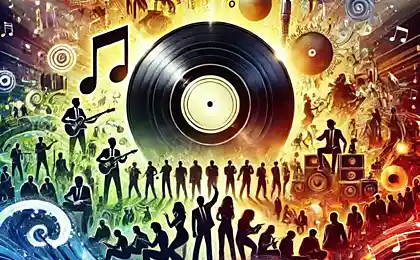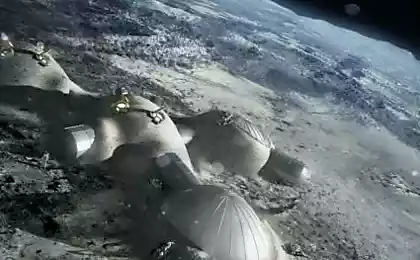820
Experts choose the next Mars rover landing site

In August of this year, more than 150 scientists who are interested in the exploration of Mars, gathered at conference in the city of Monrovia (CA). The objective was to assess and discuss the prospects of two dozen potential sites for planetary landing in the mission « Mars 2020 ».
A new Rover "Mars 2020" is largely similar to the rover Curiosity, launched to Mars in the Mars Science Laboratory mission. In contrast, the "Mars 2020" will not only have to drill the surface of the Red Planet in a few places to get samples of soil, bring them back to Earth for further analysis.
To select a suitable landing sites of many candidates it uses the same scientific process, as in previous missions, involving a number of specialists from different areas, and public discussion, говорит geochemistry professor Caltech Ken Farley (Ken Farley), a leading scientist of the project "Mars 2020».
Then held a vote for each candidate. The card voting indicated five criteria. It was necessary to assess whether the candidate meets each of these criteria. Voices were summarized - and the conclusions of the overall assessment.
In developing the criteria taken into account the four tasks assigned to the mission "Mars 2020": 1) the preparation for landing rights, including checking apparatus, which receives oxygen from the carbon dioxide in the atmosphere; 2) a geological survey of the landing; 3) The search for suitable stones and study them for signs of ancient life; 4) preparation of approximately 37 samples to be sent to Earth. This sample size of 37 pencil - the maximum number that can fit in a container of the proposed design. Mars rovers will have to travel a lot, to 37 samples differed from each other.
According to voting results of 21 experts selected the proposed landing site eight most promising.
1. Colombian hills / Gusev Crater (Columbia Hills / Gusev) - the leading candidate on the list. This area studied and mars rover Spirit found deposits of silica and fragments of volcanic rock that look exactly like a rock in geothermal in Chile. There is very high probability of finding traces of life.
2. Crater Eberswalde (Eberswalde).
3. Crater Holden (Holden).
4. Crater Ezer (Jezero) at a low shield volcano Syrtis Major.
5. Valley Mawrth Vallis.
6. North-Eastern part of a low shield volcano Syrtis Major (NE Syrtis).
7. The bed of the Nile (Nili Fossae).
8. Southwest Canyon Melas (SW Melas).
All selected are shown on the map.
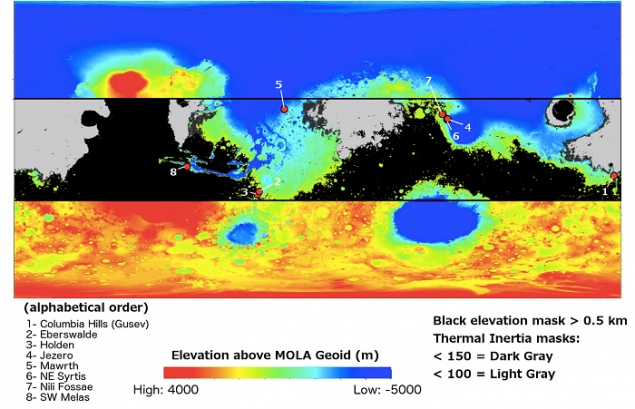
The experts also determined that the navigation system Terrain Relative Navigation (TRN) is necessary for the successful execution of the mission on all eight selected areas, except for the Nile basin riverbed. More of two areas can not give a definite answer, you need TRN to guarantee success of the mission: this Colombian hills and crater Holden.
Half of the selected landing sites are located in the deltas of the crater lakes. Scientists are confident that this is where the probability of finding rocks with possible signs of ancient life, because it is here had to be washed off the organic material. The second half - "hydrothermal" sources with hot stones, able to heat the water, it is there on Earth live the strange creatures that do not require oxygen or sunlight, but only in the geothermal energy core of the planet, says Professor Ken Farley. Apparently, even the most ancient signs of life on Earth is found in geothermal sources. Moreover, Mars rock in this area have a greater age: 4 billion years instead of 3, 6 billion years crater lakes. Voters between deltas and geothermal sources is strictly divided in half.
Further discussion is scheduled for the next meeting of the working group in January 2017. There scientists will make a final choice between the crater lakes and hydrothermal vents. Proponents of each of the two options must be well prepared and to present their arguments.
Source: geektimes.ru/post/262216/
White spots on Ceres finally "come into focus"
Makeup artists have shown the effect of smoking on the exterior
